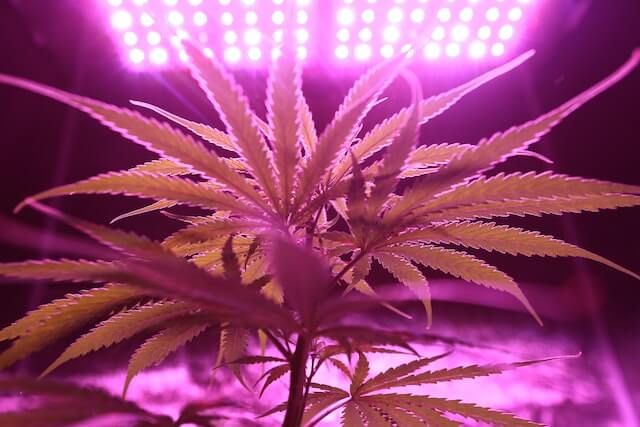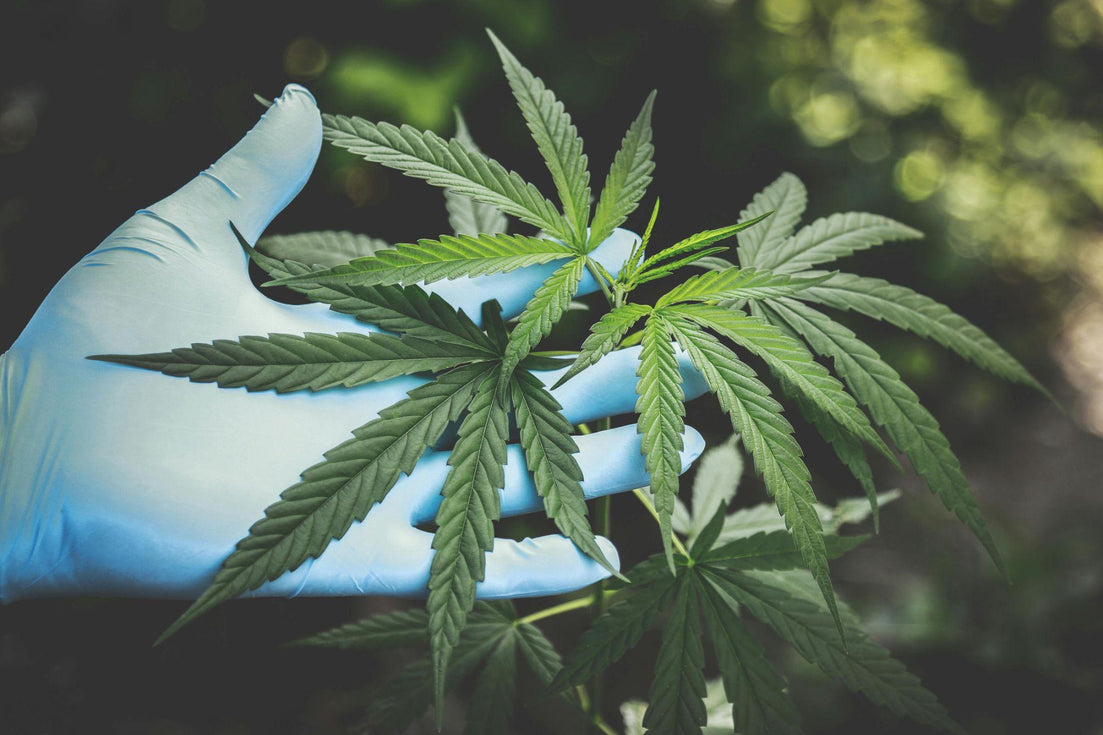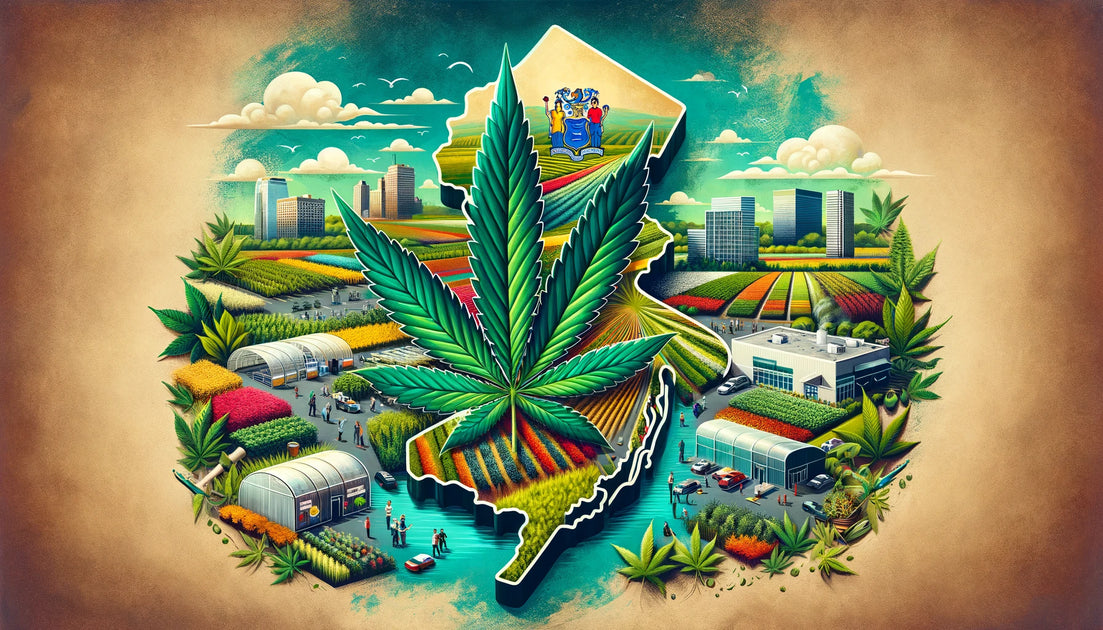Your cart is currently empty.

Hydroponic weed is a rapidly evolving cultivation method that harnesses advanced horticultural techniques to optimize cannabis growth. This form of growing involves the use of water-based, nutrient-rich solutions instead of traditional soil mediums, providing an environment where cannabis plants can flourish.
In this comprehensive guide, we will delve into the nuances of hydroponic weed cultivation and examine its distinct advantages over traditional soil-based methods. We'll explore various types of hydroponic systems suitable for cannabis cultivation and discuss their unique characteristics.
We will also draw comparisons between conventional soil-based methods and hydroponics, shedding light on both their advantages and challenges. Furthermore, we'll explain the Nutrient Film Technique (NFT), a popular choice among experienced growers opt for its efficiency in short grow cycles.
Last but not least, we’ll share some valuable tips and precautions to ensure successful NFT grows with your hydroponic setup. Whether you're new to growing cannabis or looking to refine your skills in hydroponics - this post promises insightful knowledge about all things related to hydroponic weed.
Understanding Hydroponic Weed
Hydroponic weed, or hydroponic cannabis, is a method of growing marijuana without soil. Instead of soil, nutrient-rich liquid is utilized to offer the essential sustenance for the plants. No dirt, just pure hydro goodness.
Definition and process of growing hydroponic weed
Hydroponics, from the Greek for "water," is all about giving nourishment directly to roots. No soil, no mess. It's like a spa day for your cannabis plants.
In a hydroponic setup, the cannabis plants chill in a grow tray, with their roots suspended in oxygenated water filled with all the essential nutrients they need. It's like a five-star resort for your plants.
Different types of hydroponic systems for growing cannabis
- Deep Water Culture (DWC): The easiest option for beginners. Just suspend your plants in nutrient-filled buckets and let the air pump work its magic. It's like a lazy river for your cannabis.
- Nutrient Film Technique (NFT): This advanced method involves a constant flow of nutrient solution over the roots. It's like a red carpet treatment for your plants.
- Ebb & Flow: Flood your trays with nutrient solution, then let it drain back into the reservoir. It's like a wave of nutrients washing over your cannabis.
- Aeroponics: Mist your roots with precise amounts of moisture and nutrients. It's like a refreshing mist for your plants.
Bid farewell to dirt and welcome the joys of hydroponics. Say goodbye to soil and hello to hydroponic bliss.
Pros and Cons of Growing Cannabis in Soil vs. Hydroponics
Growing cannabis can be an art form, requiring a delicate balance of conditions to yield the best results. Two popular methods for cultivating this plant are soil-based growing and hydroponic systems. Each has its unique advantages and challenges.
Benefits of Growing Cannabis in Soil
The traditional method of growing cannabis is in soil, which offers several benefits that appeal to both novice growers and seasoned cultivators alike. For starters, soil is more forgiving than hydroponic mediums when it comes to nutrient delivery; it allows for slower absorption rates which can help prevent overfeeding or nutrient burn.
- Natural Ecosystem: Soil provides a natural ecosystem filled with beneficial microbes that aid in plant growth by breaking down organic matter into nutrients plants can absorb easily.
- Taste: Many connoisseurs believe that cannabis grown in soil produces buds with better flavor profiles compared to other methods due to the rich array of minerals present within the earth.
- Ease: It's generally easier for beginners as it requires less technical knowledge compared to hydro grows.
Drawbacks Associated With Soil Cultivation
No method is without its drawbacks though, including soil cultivation. One major disadvantage includes susceptibility towards pests or disease contamination since harmful organisms may thrive within the same environment intended for your plants' growth. Additionally, growing indoors using soil can get messy.
Advantages of Utilizing a Hydroponic Setup for Marijuana Growth
Moving onto hydroponic cannabis cultivation, this technique involves suspending roots directly into water enriched with essential nutrients - no need for any sort of solid medium. This direct access means faster uptake resulting in quicker overall growth rates if managed correctly - hence why many commercial operations opt for these types of setups.
- Faster Growth Rates: Cannabis plants grow faster because they receive exactly what they need when they need it from their nutrient solution via direct root exposure.
Potential Challenges Faced During a Typical Hydro Grow
In contrast, one downside associated with these high-tech setups lies within their complexity; maintaining optimal pH levels alongside ensuring proper nutrient concentrations calls upon meticulous monitoring not required during traditional dirt farming practices.
Another potential issue arises concerning power outages - should your system fail even briefly (for instance during pump failures), then you risk losing entire crops given how dependent these setups are on constant electricity supply.
Finally, there's cost consideration too; setting up a full-scale indoor operation involving lights, pumps, filters, etc., often costs significantly more upfront versus simply planting seeds outdoors under Mother Nature's watchful eye.
Growing cannabis in soil has benefits such as a natural ecosystem, better flavor profiles, and ease for beginners. However, it is susceptible to pests and can be messy. On the other hand, hydroponic setups offer faster growth rates but come with challenges like complexity, power outages risk, and higher upfront costs.
FAQs in Relation to Hydroponic Weed
Is growing hydroponic weed worth it?
Yes, hydroponic weed growth can be highly efficient and yield more potent results compared to traditional soil methods.
What is the benefit of hydroponic weed?
The benefits include faster growth rates, greater yields, and increased control over nutrients. It also allows for year-round indoor cultivation. Learn more about these advantages from this comprehensive guide on growing marijuana hydroponically.
What is the best weed for hydroponics?
Different strains thrive in different conditions but generally, Indica-dominant strains like Northern Lights and Blueberry are known to perform well in hydroponic setups.
When did hydroponic weed start?
Hydrophonics' history dates back centuries, but its application in cannabis cultivation became popular during the late 20th century.
Conclusion
In conclusion, hydroponic cannabis cultivation is like growing cannabis on steroids, but without the actual steroids.
With hydroponic growing, you can make your plants feel like they're on a luxurious vacation, with a constant flow of nutrients and water.
Forget about waiting for your plants to grow in soil, hydroponics gives you the speed of a cheetah on Red Bull.
And if you're a control freak, hydroponics is your best friend, allowing you to adjust nutrient levels with the precision of a brain surgeon.
But let's not forget the best part - no pests or diseases to ruin your cannabis party, because who needs uninvited guests?
Of course, there are some potential hiccups, like pump failures or power outages, but hey, life is full of surprises.
So, if you're looking for a natural way to manage pain, anxiety, or insomnia, hydroponic weed cultivation might just be your green ticket to bliss.



